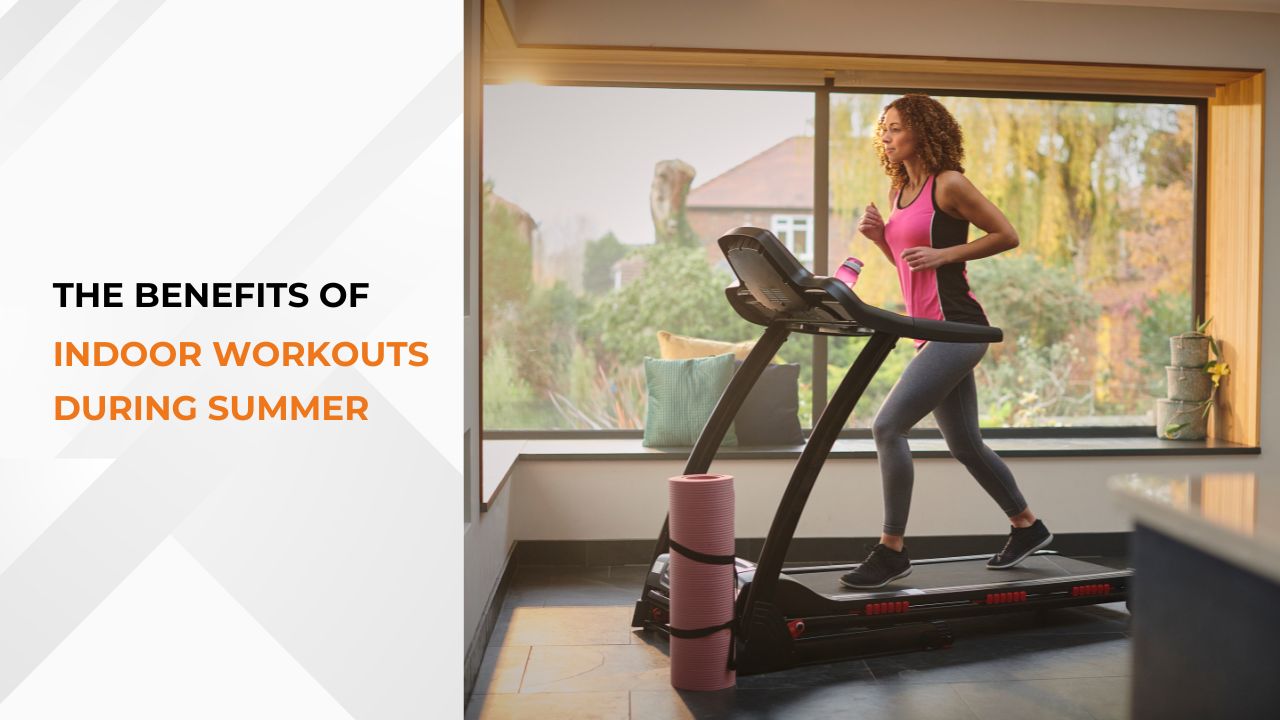Strengthening Your Core for Better Posture and Balance

Strengthening Your Core for Better Posture and Balance
In today’s fast-paced world, where many of us spend hours sitting at a desk or glued to our smartphones, maintaining good posture and balance can become a challenge. A strong core is the foundation of good posture, balance, and overall body stability. Without it, not only do we risk poor posture, but we also expose ourselves to an increased chance of injury during everyday activities or workouts. Strengthening your core isn’t just about having toned abs; it’s about building a strong foundation that supports your spine and improves your body’s efficiency in movement.
In this blog, we’ll dive deep into the importance of core strength, how it affects your posture and balance, and the best exercises to enhance core stability.
Understanding the Core
The term “core” refers to the muscles surrounding your torso. These muscles include not only the abdominal muscles but also the muscles of the lower back, hips, and pelvis. When people think of core strength, they often think about the six-pack muscles or rectus abdominis. However, the core is much more complex, consisting of the following key muscle groups:
- Rectus Abdominis: The front muscle of the abdomen, commonly referred to as the six-pack.
- Transverse Abdominis: The deepest core muscle, wrapping around the sides of the torso like a corset.
- Obliques: Located on the sides of the abdomen, these muscles help with side bending and twisting motions.
- Erector Spinae: A group of muscles running along the spine, crucial for maintaining an upright posture.
- Pelvic Floor Muscles: These muscles support your organs and stabilize the pelvis.
- Hip Flexors: Important for movement and balance, these muscles connect the spine and the legs.
A well-rounded core includes all these muscles working in harmony to support your spine and pelvis, contributing to better posture and balance.
Why Core Strength Is Crucial for Posture
Your posture is a reflection of how you hold your body while standing, sitting, or moving. A weak core can result in slouching, rounded shoulders, or a tilted pelvis, which places unnecessary stress on the spine. Over time, poor posture can lead to back pain, neck discomfort, and even headaches.
A strong core keeps your torso in a neutral position, preventing the spine from curving excessively and helping to distribute your body weight evenly. This leads to:
- Reduced Lower Back Pain: Strengthening the muscles around your spine improves support and reduces the load on your lower back, easing discomfort.
- Better Breathing: Core stability allows for proper alignment of the diaphragm, making it easier to take full breaths.
- Improved Mobility: A strong core helps maintain the natural curve of the spine, ensuring that joints can move freely without stiffness.
The Role of Core Strength in Balance
Balance is essential for daily activities, from walking and running to simply standing upright. It becomes even more crucial as we age since decreased balance can lead to falls and injuries. Balance relies heavily on core stability, as the muscles in your torso work to keep you upright and steady.
A strong core helps you respond quickly to sudden movements, uneven surfaces, or changes in direction, as it keeps the center of your body stable. Here’s how core strength directly impacts balance:
- Stabilizing the Spine: A strong core keeps the spine in alignment, which allows for better control over body movements.
- Improved Coordination: Core muscles work in tandem with your arms and legs to produce fluid, controlled movements.
- Injury Prevention: With better balance and coordination, you’re less likely to stumble or strain a muscle.
Best Exercises for Core Strength
To truly benefit from core training, it’s essential to incorporate exercises that target all muscle groups in the core, not just the abs. Below are some of the most effective exercises to strengthen your core, improve posture, and enhance balance:
1. Planks
Planks are a fundamental core exercise that engages multiple muscles, including the transverse abdominis, obliques, and lower back.
- How to Do It: Start in a push-up position, with your forearms on the floor and your body in a straight line from head to heels. Hold this position for as long as possible while keeping your core engaged.
- Benefit: Builds endurance in the deep core muscles and improves posture by keeping the spine aligned.
2. Bird Dog
This exercise targets the lower back, glutes, and abdominals, helping to improve balance and coordination.
- How to Do It: Begin on your hands and knees, keeping your back straight. Extend your right arm and left leg simultaneously while keeping your core engaged. Hold for a few seconds, then switch sides.
- Benefit: Enhances stability by challenging the core to maintain balance while extending limbs.
3. Dead Bug
The dead bug exercise is perfect for working the transverse abdominis while minimizing strain on the lower back.
- How to Do It: Lie on your back with your arms straight up towards the ceiling and knees bent at 90 degrees. Slowly lower one arm and the opposite leg toward the floor while keeping your lower back pressed into the ground. Return to the starting position and repeat on the other side.
- Benefit: Strengthens the deep core muscles and promotes proper spine alignment.
4. Russian Twists
Russian twists are excellent for targeting the obliques and improving rotational stability.
- How to Do It: Sit on the floor with your knees bent, leaning back slightly. Hold a weight or a medicine ball, and twist your torso from side to side, tapping the weight on the floor each time.
- Benefit: Increases rotational strength and enhances the ability to maintain balance during twisting movements.
5. Glute Bridge
While primarily a glute exercise, the glute bridge also strengthens the lower back and core, improving pelvic stability.
- How to Do It: Lie on your back with your knees bent and feet flat on the ground. Lift your hips toward the ceiling, squeezing your glutes at the top. Lower back down and repeat.
- Benefit: Strengthens the posterior chain (glutes, hamstrings, lower back) and helps improve posture by preventing an excessive forward tilt of the pelvis.
6. Standing Cable Woodchops
This dynamic exercise works the core in a functional way by mimicking twisting movements used in everyday life.
- How to Do It: Using a cable machine or resistance band, stand with your feet shoulder-width apart and pull the cable diagonally across your body. Engage your core throughout the movement.
- Benefit: Builds rotational core strength, helping with balance and posture during dynamic movements.
Tips for Incorporating Core Exercises into Your Routine
- Consistency is Key: Aim to include core-strengthening exercises in your workout routine at least 3 times a week.
- Focus on Form: Proper technique is crucial to avoid injury and ensure you’re effectively targeting the right muscles.
- Mix It Up: Rotate through different exercises to challenge all areas of your core and prevent plateaus.
- Nutrition: The food you consume following exercise has a direct impact on your ability to heal, build muscle, and replenish your energy stores.
Conclusion
Strengthening your core is a vital step toward improving posture, balance, and overall body function. With a strong core, you’ll not only look and feel better, but you’ll also move with greater ease and efficiency. Whether you’re an athlete or someone looking to improve their daily life, core training should be an essential part of your fitness journey. Start incorporating these exercises into your routine and enjoy the benefits of better posture and balance!
4oYou’ve hit the Free plan limit for GPT-4o.

